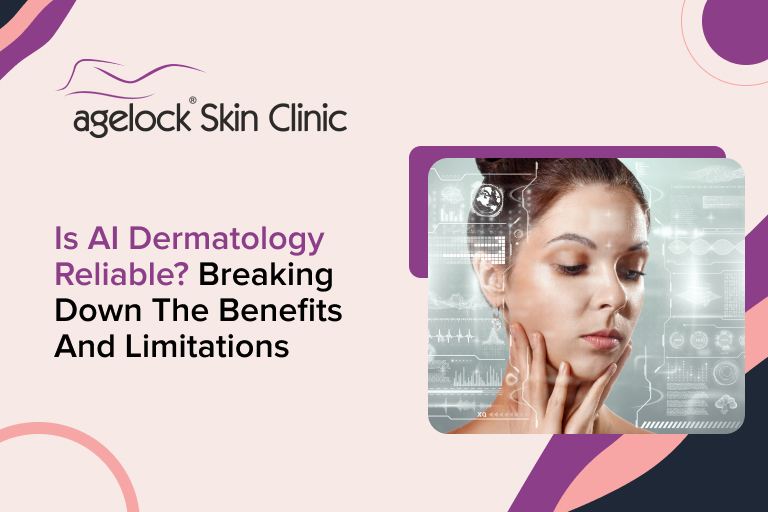Dark spots and uneven skin tone can leave you feeling less confident, but the solution might already be in your skincare arsenal. Retinol for hyperpigmentation is a dermatologist-approved ingredient celebrated for its ability to fade discoloration, boost skin renewal, and promote an even complexion. The problem? Many struggle to use it correctly or give up before seeing results. This blog will demystify retinol, explain how it targets hyperpigmentation at the root, and provide tips for incorporating it into your routine safely and effectively. Get ready to unlock clearer, brighter skin with the power of retinol!
What Is Retinol, and How Does It Target Hyperpigmentation?
Retinol, a derivative of vitamin A, is a widely acclaimed ingredient in the world of skincare. It works by accelerating cell turnover, encouraging old, damaged skin cells to shed, and making way for new, healthy cells. For hyperpigmentation, retinol is particularly effective as it reduces the buildup of melanin, the pigment responsible for dark spots, leading to a more even complexion.
The Science Behind Retinol: Why It Works for Dark Spots
Retinol penetrates deep into the skin, stimulating collagen production and reducing the activity of melanocytes, the cells that produce pigment. Over time, this dual action helps to minimize the appearance of dark spots while improving overall skin texture. Studies have shown that regular use of retinol can significantly lighten hyperpigmentation and reduce fine lines, making it a versatile choice for skin rejuvenation.
Benefits of Retinol for Hyperpigmentation and Skin Texture
Using retinol for hyperpigmentation offers numerous benefits, including:
- Lightening Dark Spots: Reduces melanin concentration in targeted areas.
- Even Skin Tone: Promotes uniformity by addressing discoloration.
- Improved Texture: Smooths rough patches and refines pores.
- Anti-aging Effects: Minimizes fine lines and wrinkles.
These combined benefits make retinol a cornerstone ingredient for achieving radiant, youthful skin.
How Retinol Fades Dark Spots: A Step-by-Step Process
- Penetration: Retinol reaches the dermis layer to initiate changes at a cellular level.
- Exfoliation: Encourages dead skin cells to slough off, revealing brighter skin.
- Melanin Reduction: Decreases melanin synthesis to fade existing pigmentation.
- Collagen Boost: Strengthens the skin barrier, promoting elasticity and resilience.
Consistency is key—results often become visible after several weeks of use.
Best Practices for Using Retinol to Treat Hyperpigmentation
To maximize the benefits of retinol and minimize potential irritation, follow these guidelines:
- Start Slowly: Use retinol 2-3 times a week to build tolerance.
- Apply at Night: Retinol degrades in sunlight; nighttime use ensures efficacy.
- Use a Pea-Sized Amount: Overapplication can cause redness and peeling.
- Follow with Moisturizer: Hydrate your skin to counteract dryness.
- Always Wear Sunscreen: Protect your skin from UV damage during the day.
Common Mistakes to Avoid When Using Retinol for Dark Spots
Avoid these pitfalls to ensure a smooth journey:
- Skipping Sunscreen: Neglecting SPF leaves skin vulnerable to UV damage.
- Overusing Retinol: Applying too often can lead to irritation.
- Using Harsh Products: Avoid combining retinol with exfoliants or acids.
- Not Giving It Time: Patience is essential—results take weeks to months.
Who Can Use Retinol for Hyperpigmentation? Understanding Suitability
Retinol is suitable for most skin types, but individuals with sensitive or rosacea-prone skin should proceed cautiously. Patch testing is recommended to gauge tolerance. Those who are pregnant or breastfeeding should consult a dermatologist, as alternative ingredients like azelaic acid or vitamin C may be more appropriate.
How Long Does It Take for Retinol to Fade Dark Spots?
Outcomes differ based on the intensity of hyperpigmentation and the type of skin. Typically, you can expect visible improvement in 8-12 weeks with consistent use. For deep pigmentation issues, professional-grade retinoids may offer faster results under a dermatologist’s supervision.
Combining Retinol with Other Skincare Ingredients: Dos and Don’ts
While retinol is effective on its own, pairing it with complementary ingredients can enhance results. Here’s what works—and what doesn’t:
Dos:
- Use with hyaluronic acid for hydration.
- Combine with niacinamide to alleviate irritation and enhance the skin barrier.
Don’ts:
- Avoid using benzoyl peroxide or AHAs/BHAs, which can increase sensitivity.
- Don’t combine vitamin C in the same routine; use it at different times.
Top Retinol Skincare Tips for a Brighter, Clearer Complexion
- Layer Wisely: Apply retinol after cleansing and before moisturizing.
- Hydrate Generously: Use soothing, fragrance-free moisturizers to combat dryness.
- Stay Consistent: Regular use delivers the best results over time.
- Consult a Dermatologist: For persistent pigmentation, professional advice can refine your regimen.
Winding up
Fading dark spots and achieving radiant skin is within your reach. By incorporating retinol for hyperpigmentation into your skincare routine and following best practices, you can unlock the full potential of this powerful ingredient. Begin your journey today—your glowing, even-toned skin awaits!








